Soluciones abiertas y cerradas en impresión 3D
En el mercado de los sistemas de impresión 3D profesionales se pueden encontrar tres tipos de soluciones:
- Soluciones integradas o cerradas, que son aquellos en los que el fabricante proporciona equipos, materiales y software destinados a trabajar juntos. Al comprar una solución integrada, no es posible utilizar software o materiales de otros fabricantes.
- Soluciones abiertas, donde el fabricante proporciona equipos compatibles con materiales y software de otros fabricantes.
- Soluciones integradas con posibilidad de utilizar materiales externos. Esta es una solución intermedia, generalmente con ciertas limitaciones cuando se trata del uso de otros materiales o software.
SOLUCIONES INTEGRADAS O CERRADAS
Uno de los ejemplos más representativos de este tipo de soluciones es Formlabs. El fabricante de soluciones integradas suele ofrecer productos que abarcan sistemas de impresión 3D, así como equipos, software y materiales de posprocesamiento.
La principal ventaja de este tipo de sistema es que todos los productos se han desarrollado para trabajar juntos, lo que significa que no hay necesidad de ajustar y optimizar los parámetros de impresión. También garantiza que todos los materiales disponibles sean compatibles.
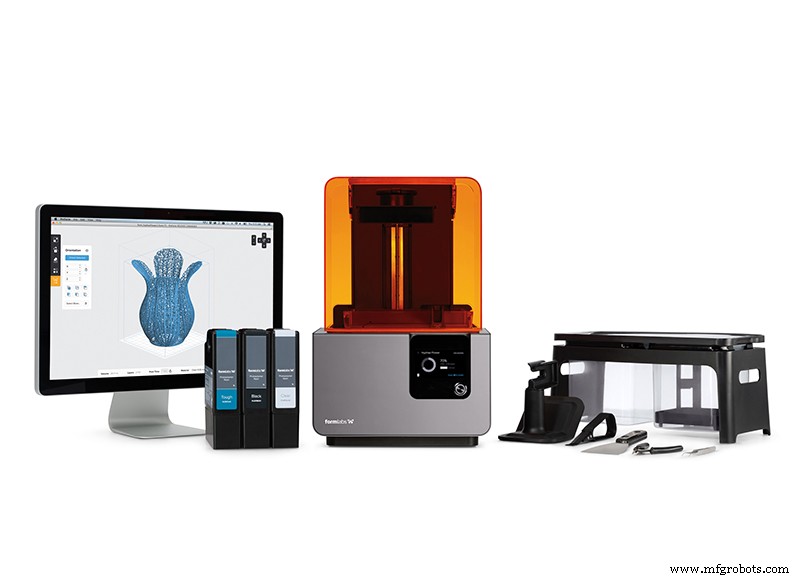
Imagen 1:Formulario 2 y accesorios. Fuente:Formlabs
Como resultado, estos sistemas son altamente confiables y reproducibles, lo que se traduce en un aumento significativo en el rendimiento. Otra característica importante es que los muchos parámetros de configuración y valores modificables generalmente se reducen al mínimo, requiriendo solo la selección del tipo de material del fabricante y algunos parámetros básicos. Esto hace que sea mucho más fácil de usar y no requiere una gran cantidad de conocimientos técnicos por parte de los usuarios.
Sin embargo, no todo son ventajas. Este tipo de sistema tiene dos limitaciones a tener en cuenta. Por un lado, el coste de los materiales y consumibles suele ser considerablemente mayor. Por otro lado, el usuario se limita a utilizar únicamente los productos del fabricante.
SOLUCIONES ABIERTAS
Las soluciones abiertas no implican hardware o software de código abierto. Esto se refiere a fabricantes que proporcionan equipos compatibles con formatos de medios estandarizados y archivos de impresión universales. Esta categoría incluye todas las impresoras que admiten lenguajes de programación CNC universales como .gcode y materiales de cualquier fabricante, independientemente de si el equipo es de código abierto o propietario.
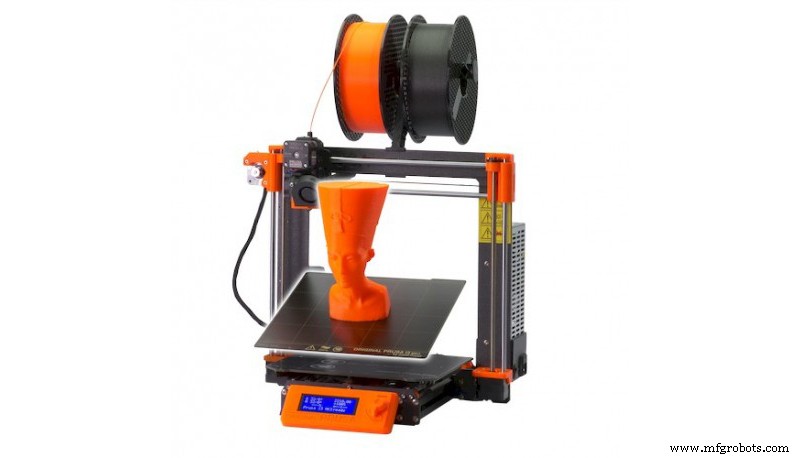
Image 2:Prusa MK3S 3D printer. Source:Prusa
This does not imply that the manufacturers themselves cannot also offer materials and software, which they usually do, but they do not restrict the use of their equipment to these.
The main advantage of this type of solutions is their high compatibility and the fact that they have the widest range of materials, limited only by the technical characteristics of the equipment itself. Moreover, in the case of using equipment from different manufacturers, it is possible to centralise everything in the same software without the need to use a specific one for each piece of equipment.
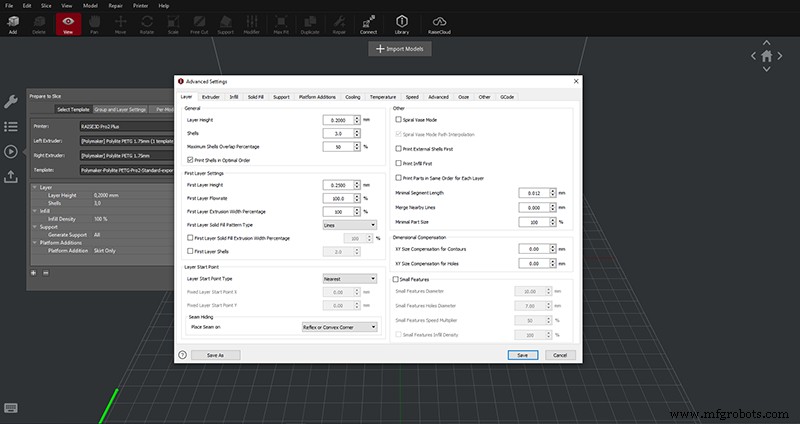
Image 3:Raise3D Ideamaker software configuration window. Fuente:Raise3D
The main disadvantage is that the printing profiles generally need to be fine-tuned and optimised for each material, which is time-consuming and expensive. In addition, a change of material supplier or even a reformulation of a material from the same supplier implies a new optimisation of profiles. This means that achieving the same reliability and reproducibility that integrated solutions provide requires continuous work and a thorough knowledge of materials and suppliers.
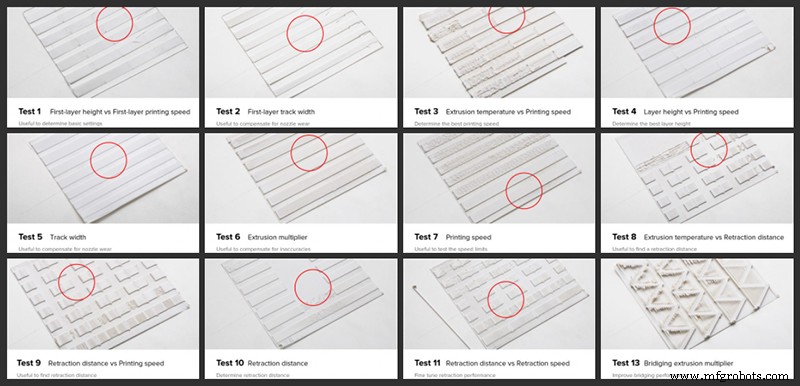
Image 4:Examples of optimisation. Source:3DOptimizer
Some companies offering such solutions are Prusa, Raise3D or UNIZ.
INTEGRATED SOLUTIONS WITH THE POSSIBILITY OF USING EXTERNAL MATERIALS
This is an intermediate option to the previous ones. They consist of integrated or closed solutions, with proprietary programming languages, but which also allow the use of third-party materials . Due to the use of proprietary languages it is necessary to stick to the software provided by the manufacturer.
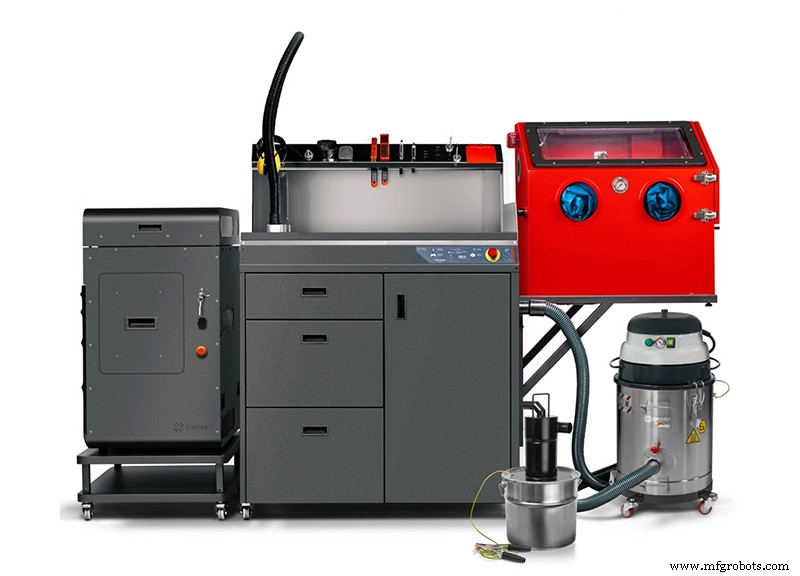
Image 5:SLS Lisa Pro 3D printer and accessories. Source:Sinterit
They have all the advantages of closed solutions but fewer drawbacks. Without having the wide compatibility of materials available in open solutions, they open up the possibility of using a wide range of materials from other manufacturers.
The trade-offs of this type of solution are minimal, with its main disadvantage being that the software generally has fewer configuration options, which can make it difficult to achieve good optimisation of other manufacturers' materials.
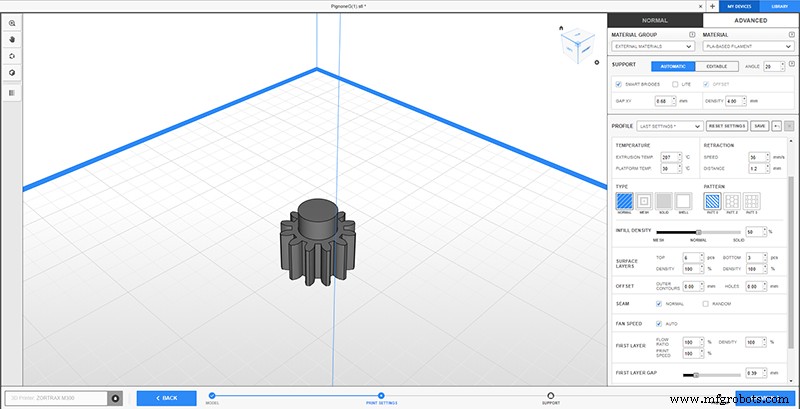
Image 6:Settings for external materials in the Zortrax Z-Suite software. Fuente:Zortrax
Representative examples of such solutions are Zortrax or Sinterit. Both offer a wide range of perfectly optimised materials, but also allow the use of materials from other manufacturers.
THE MOST APPROPRIATE SOLUTION
There are high quality solutions in all three groups and it would be wrong to consider one as better than the other. In order to select one or the other, the specific needs of each user must be analysed.
Users who are not specialised in additive manufacturing and are looking for a simple and efficient system will find integrated solutions and integrated solutions with a choice of external materials the best option. The implementation of this type of system is immediate and does not require in-depth technical knowledge . Although the costs of this type of solution may at first glance seem much higher than open solutions, in the long run the savings in optimisation time and material costs can compensate for this.
In the case of specialised users, with knowledge of additive manufacturing and materials, who require the use of very specific or experimental materials, they will find the above solutions to have significant limitations. This is why open solutions are a more versatile option despite the ongoing optimisation and fine-tuning tasks.
Impresión 3d
- ¿Materiales de impresión 3D para viajes espaciales?
- Impresión 3D y Fórmula Uno:5 tendencias en los deportes de motor
- Hardware, materiales y software:los 3 pilares del éxito de la impresión 3D
- 8 materiales innovadores para la impresión 3D industrial [2018]
- Entrevista con el experto:Alessio Lorusso, director ejecutivo de Roboze, sobre impresión 3D compuesta y de alto rendimiento
- La evolución del mercado de materiales de impresión 3D:tendencias y oportunidades en 2019
- Soluciones de impresión 3D para empresas de petróleo y gas
- 10 materiales más fuertes para impresión 3D
- Materiales de impresión 3D biodegradables
- Guía de selección de materiales de impresión 3D
- Materiales de punzonado y matriz y soluciones de herramientas



